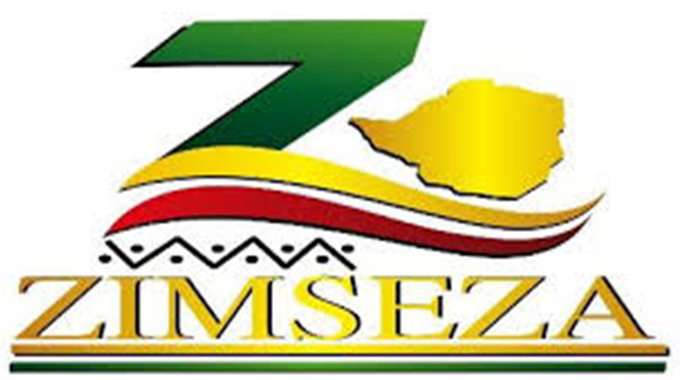EDITORIAL COMMENT: SEZs firms must move fast to put infrastructure in place

Within a year of their designation, special economic zones (SEZs) across the country have attracted investment proposals amounting to US$1,1 billion.
This impressive record in such a short period, as highlighted by Zimbabwe Special Economic Zones Authority (Zimseza) chief executive officer, Mr Edwin Kondo in yesterday’s edition of Chronicle, is evidence of the tremendous potential that SEZs have in attracting investment into the country.
This means that when all figures are added up including investment and investment proposals that have gone into the wider economy outside the SEZs the country would record a far higher total which is great for an economy that is emerging from years of minimal investment.
“We have registered US$1,1 billion worth of proposed investments in different sectors under the Special Economic Zones concept,” he said.
“We have made tremendous progress since we started, which is only a year ago because the expectations of the country are very huge and we are up to the task but we only started legal operation last year.”
The approved projects, Mr Kondo said, include greenfield and brownfield ones. He identified three Bulawayo companies — Shepco, Colman, and Chingases — that are already operating under the model. Two more very significant projects, whose applications have been approved for inclusion under SEZs, are the Arcadia Lithium project in Goromonzi and Karo Resources platinum project in Mashonaland West province. Reports indicate that around $4 billion will be ploughed into the Karo’s platinum project, thus we can safely say that over the past year of the operation of Zimseza, investment proposals worth $5,1 billion have come in.
SEZs are specially designated geographical areas wherein companies can invest while enjoying flexible tax and labour conditions and are mandated by law to export the bulk of their products. The SEZs concept is meant to promote investment, industrialisation, exports and foreign currency generation. For our country, which is striving towards export-led development, the concept has potential to drive not only investment inflows but also that outward-looking growth trajectory.
SEZs are not an entirely new concept in the country. Between 1996-2006 there was an almost similar development concept, the export processing zones (EPZs). There was a buzz around them then, but a fair assessment of EPZs is that they did not perform too well but all hope is that the new effort under SEZs will perform.
SEZs, an old business model in Asia, South America and Latin America, are relatively new in Africa and are gaining much traction among governments and investors out to grow their economies and businesses. A recent United Nations Conference on Trade and Development (UNCTAD) report says African countries are attracting billions in foreign direct investment (FDI) into their SEZs, estimated at 237 on the continent.
“Many of the major investment recipients in both Africa and Asia expect FDI to pick up in the coming years, thanks to SEZs and investments in natural resources. Ethiopia’s newly built industrial parks are expected to help the country register FDI inflows exceeding $5 billion as early as 2019. Zambia also expects higher FDI flows in agriculture and energy projects, thanks to the development of multiple farm blocks and economic zones. In Mozambique, new investments in oil and gas are projected to push the country’s FDI inflows in 2019 back to the 2012–2013 levels of $5–6 billion of natural resources,” says the report.
In addition to the estimated 237 established SEZs in 36 African countries, there are hundreds more single-enterprise zones or free points. Kenya, the biggest economy in East Africa, is said to have the highest number on the continent.
We are encouraged by the good start of the local SEZs over the past 12 months in terms of investment proposals that have been received and approved. Going forward, citizens want to see not only many more proposals coming in but also greater speed in implementation of the proposals.
They expect to see a lot of activity happening at Shepco, Colman, and Chingases in Bulawayo, at Sunway City Technology Park in Harare, Norton, Victoria Falls and other designated SEZs countrywide. Not only that, they look forward to SEZs output beginning to contribute to job creation, exports as well as foreign currency generation for the economy.
Yes, the benefits will not show overnight as infrastructure has to be put in place, systems will have to be put in place too but we urge the companies involved to move with speed.
Looking at the incentives that investors will enjoy for putting their money in SEZs, we don’t see a reason why progress can be slow. For example, inputs which include raw materials and imported for use by companies set up in the SEZs be imported duty free, capital equipment will be imported duty free and zero-rated corporate Income Tax for the first five years of operation with a corporate tax rate of 15 percent applying thereafter. There are obviously many more incentives than these three fiscal ones.









Comments